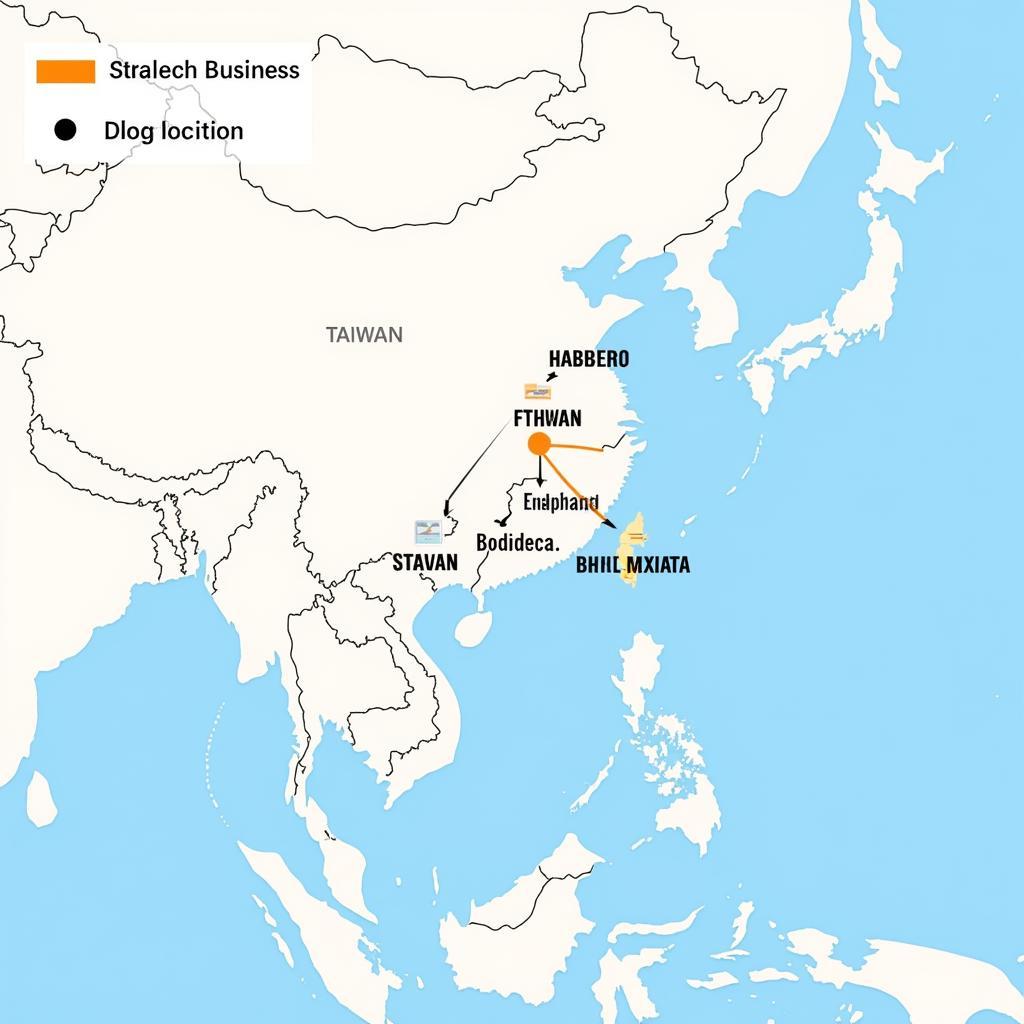The ASEAN region is a vibrant hub for the automotive industry, with a growing number of vehicles manufactured and sold every year. To ensure the safety and quality of these vehicles, ASEAN has established a comprehensive system of tests and certifications that all automotive manufacturers must adhere to. This article delves into the intricacies of ASEAN tests and certifications for the automotive industry, exploring its significance, processes, and benefits for consumers and the industry.
Understanding ASEAN Automotive Regulations
The importance of harmonized automotive regulations across ASEAN cannot be overstated. It facilitates trade, promotes a level playing field for manufacturers, and most importantly, ensures the safety of millions of road users in the region. These regulations encompass a wide range of areas, including vehicle safety, emissions, and fuel efficiency.
ASEAN NCAP: Championing Vehicle Safety
At the forefront of ASEAN’s automotive safety regulations is the ASEAN New Car Assessment Program (ASEAN NCAP). Similar to its counterparts in Europe (Euro NCAP), the United States (NHTSA), and other regions, ASEAN NCAP independently assesses the safety performance of new car models being introduced to the Southeast Asian market.
How ASEAN NCAP Works
ASEAN NCAP employs a rigorous testing protocol that includes:
- Crash Tests: Frontal offset, side impact, and pedestrian protection tests evaluate the vehicle’s ability to protect occupants and pedestrians in various collision scenarios.
- Electronic Safety Systems Assessment: The effectiveness of active safety features like Electronic Stability Control (ESC), Anti-lock Braking System (ABS), and Autonomous Emergency Braking (AEB) is assessed.
- Child Occupant Protection: Tests are conducted to ensure the safety of children in car seats during impacts.
Based on the test results, ASEAN NCAP awards a star rating (from 0 to 5 stars) to each vehicle model, with a higher star rating indicating better safety performance.
Emission Standards and Fuel Efficiency
Apart from safety, ASEAN regulations also focus on reducing the environmental impact of vehicles. Regulations like the Euro 4 and the upcoming Euro 5 standards mandate limits on harmful exhaust emissions from vehicles.
Furthermore, fuel efficiency regulations are being implemented to promote the development and adoption of fuel-efficient vehicles, leading to lower fuel consumption and reduced greenhouse gas emissions.
Benefits of ASEAN Tests and Certifications
The comprehensive system of automotive tests and certifications in ASEAN offers numerous benefits:
- Enhanced Road Safety: Rigorous testing protocols contribute significantly to reducing road accidents and fatalities by ensuring that only vehicles meeting stringent safety standards are allowed on the roads.
- Consumer Protection: ASEAN NCAP provides consumers with transparent and reliable safety ratings, empowering them to make informed choices when purchasing vehicles.
- Environmental Protection: Emissions and fuel efficiency regulations play a crucial role in mitigating the environmental impact of the growing number of vehicles in the region.
- Harmonization and Trade: Unified standards facilitate trade among ASEAN member states and with other regions by reducing technical barriers.
ASEAN’s Automotive Future: Gearing Towards Sustainability
ASEAN’s commitment to vehicle safety and environmental sustainability is evident in its evolving regulations and testing protocols. The region is actively moving towards stricter emission norms, promoting electric vehicles (EVs), and investing in intelligent transport systems.
By staying at the forefront of automotive testing and certifications, ASEAN aims to create a robust and sustainable automotive ecosystem that prioritizes safety, environmental consciousness, and innovation.

